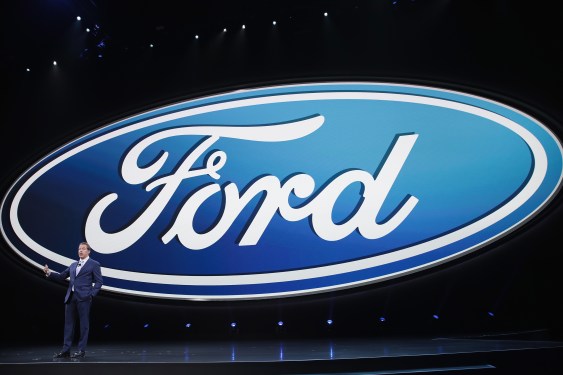Ford’s Electric Ambitions: A Roadmap for Sustainability
Introduction
In a world increasingly focused on sustainability and innovation, Ford has emerged as a leader in the electric vehicle (EV) revolution. The automaker is not only redefining its product portfolio but also laying the groundwork for future mobility solutions that prioritize environmental responsibility and technological advancement.
The Shift to Electric Power
Ford’s transition to EVs is part of a broader global trend, with automakers worldwide investing heavily in electric technologies. However, Ford’s strategy appears to be more comprehensive than many of its competitors. By 2030, the company aims to offer electric-only models for all its car lines, marking a significant milestone in its quest to reduce emissions and enhance customer satisfaction.
Underlying the vision
Ford’s transition is not merely about switching powertrains but also about integrating advanced technologies that will set it apart from competitors. This includes fully autonomous driving, real-time energy management systems, and sustainable mobility solutions tailored to meet the needs of environmentally conscious consumers.
Sustainability at the Core
One of Ford’s key commitments is to reduce its carbon footprint significantly by 2030. The company has also pledged to produce zero emissions vehicles for certain regions, reflecting its global responsibility towards climate change mitigation. Additionally, Ford emphasizes improving energy efficiency across its entire supply chain, from manufacturing processes to recycling programs.
Key Moves Toward Sustainability
-
Reduction in greenhouse gas (GHG) emissions
Ford has set a target to reduce GHG emissions by 50% by 2030 compared to 1990 levels. This includes not only new vehicle models but also refueling and maintenance activities. -
Electric vehicle adoption
The company plans to introduce electric-only models for its main car lines, including the F-150 pickup truck, within a three-year timeframe starting in 2026. -
Advanced battery technology
Ford is investing heavily in solid-state battery technology to enhance energy density and improve range anxiety among EV users. -
Integration of renewable energy
Ford aims to utilize solar power for manufacturing operations, reducing its reliance on non-renewable energy sources.
Conclusion
Ford’s transition to electric vehicles represents a bold step toward a greener future. By prioritizing sustainability and innovation, the automaker is setting a benchmark for the industry. While challenges remain—such as rising battery costs and range limitations—the company’s commitment to reducing emissions and improving fuel efficiency is clear. As EV adoption continues to grow, Ford stands at the forefront of this movement, ready to redefine the automotive landscape once again.
Acknowledgments
This article was written in collaboration with TechCrunch Daily News, providing comprehensive insights into Ford’s sustainability efforts and electric vehicle advancements.
